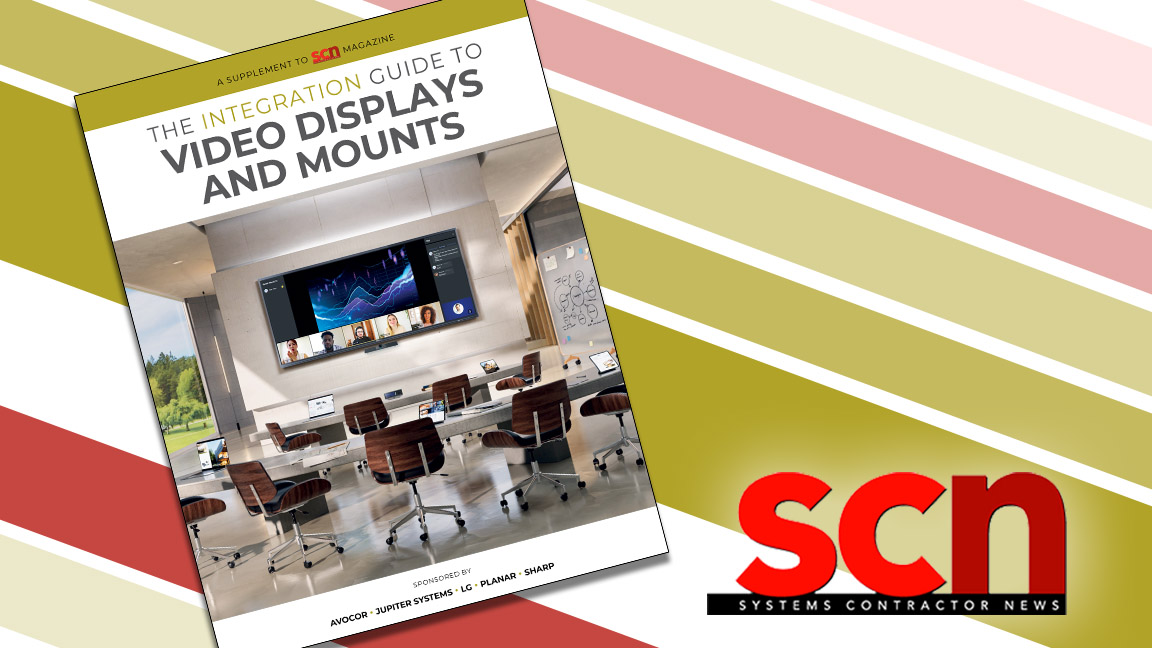Are You Scarce Enough to be Valuable?

Where there is scarcity, there is money. In Economics 101, if something is in short supply then the price of that something goes up—provided there is demand and lack of a reasonable substitute. What if the something people really want is a genuinely good AV integrator? What would they be willing to pay if they could find that scarce resource?
My apologies to everyone that does a great job, but would you agree that an ever-increasing portion of your revenue was earned on price? Are AV margins low because of an abundance of reasonable substitutes, or is it because buyers have a definition of value that isn’t being met? Maybe it’s time we looked into what “good” means today.
Last month I interviewed some respected AV designers and consultants to better understand their impressions of the AV needs of end-users. One of the key takeaways confirmed that the process of designing and budgeting projects is so convoluted that it forces customers to focus on price. AV has turned the process of building an executive briefing center into the equivalent of a defense contractor building a new fighter jet: Everything is done from scratch, the solutions seem unnecessarily customized, and experience in a supplier is not guarantee of future success. The only difference is that there are maybe two or three companies that can build a new tactical weapon. There are hundreds (or thousands) of firms that can design and install an AV system. Even the introduction of independent system designs doesn’t alleviate the problems.
The AV skillset is neither scarce nor valuable to the customer. What is missing is consistent quality and service—things for which a customer would pay higher margins. When a reasonable substitute for AV suppliers comes along, what do you think customers will do? Perhaps the AV way of doing things needs to change.
Let me appeal to your technical side. Consider a future where AVB (Audio Video Bridging) is a reality. Synchronized audio and video and dynamic traffic shaping on IP networks will change the design parameters of installed AV systems forever. All sources will become streams, and our AV end points such as displays and sound systems will become standardized and auto-configurable. Latency, bandwidth, and quality concerns aside, AVB will eventually redefine good AV in IT terms. Adding a conference room will be as simple as adding a workstation to a cubicle farm and 100-percent uptime will be the expectation. Demand for end point products will go up because they will be easy to add to the network, and prices will go down because “boxes” are easy to distribute. Eventually, there will be little need for the traditional design-build integrator.

I know many folks are shaking their heads right now at my musings. “Tom, AV systems are too complex and customer requirements too demanding to be met by all-in-one solutions.” My point exactly: In a crowded market, you can’t win by making things look hard. There aren’t a lot of great success stories about entrepreneurs who fought for status quo and won. Instead, our business heroes defy convention and look ahead at where opportunity is going. Not every one of these visionaries succeeds, but most live on to try again.
AV solutions are so complex and proprietary and that makes it difficult for specifiers to take AV seriously. Ask yourself what will replace AV integration when it is no longer worth it to be in that business? Could it be something that is standardized, always works, and delivers a pleasant user experience? Who will design that? AV still has time to fill this void. Choose to be scarce and in demand—there’s money to be made there.
A daily selection of the top stories for AV integrators, resellers and consultants. Sign up below.
Tom (T.R.) Stimson, MBA, CTS, (tom@trstimson.com) is president of The Stimson Group, a Dallas-based management consulting firm providing strategic planning, market research, and profitthrough- process services to the audiovisual industry. Stimson is a past-president of InfoComm International and a current member of InfoComm’s Adjunct Faculty.
Transitional Definitions of an Industry
Unified Communications (UC) is a label on an arguably nebulous concept, and many AV integrators have not fully explored it, nor embraced whatever they think it means. There is a clear effort in multiple industries to define UC, but the results are not neutral. IT sees an IP-based world of compliant networked products. Telecom still envisions device-todevice messaging. Manufacturers of networking hardware focus on the platform. Building systems believe they are the biggest power consumer and therefore should drive the unified control interface. Security and emergency systems want to sit above everything else.
It seems there is no unity in how UC will ultimately manifest, but there is consensus on what UC can achieve. My conclusion is that UC is a transition definition of a consolidated communications industry: a signal to look ahead and see what is coming next. The question remains, what segment of this industry will be in charge of defining and designing UC environments?
Today, in 2012, it would appear that IT is calling the shots on what UC will deliver. As Alan Brawn pointed out on this page in the Spring issue of SCN, AV is already “a subset of IT, networking, and the Web.” In the Fortune 500 world, the CIO and network managers are the new customers to the AV supply chain, and as customers go, they are rather demanding. The IT mission is to deliver systems that work and require as little upkeep as possible. End-users and AV end-points are challenges that IT is resigned to dealing with, but IT is not prepared to be the total solution. That role is still open, and one to-be-determined segment will define this amalgamated industry. If unified communication is a transitional state, then it will behoove AV folks to focus on what comes next.
—T.S.
